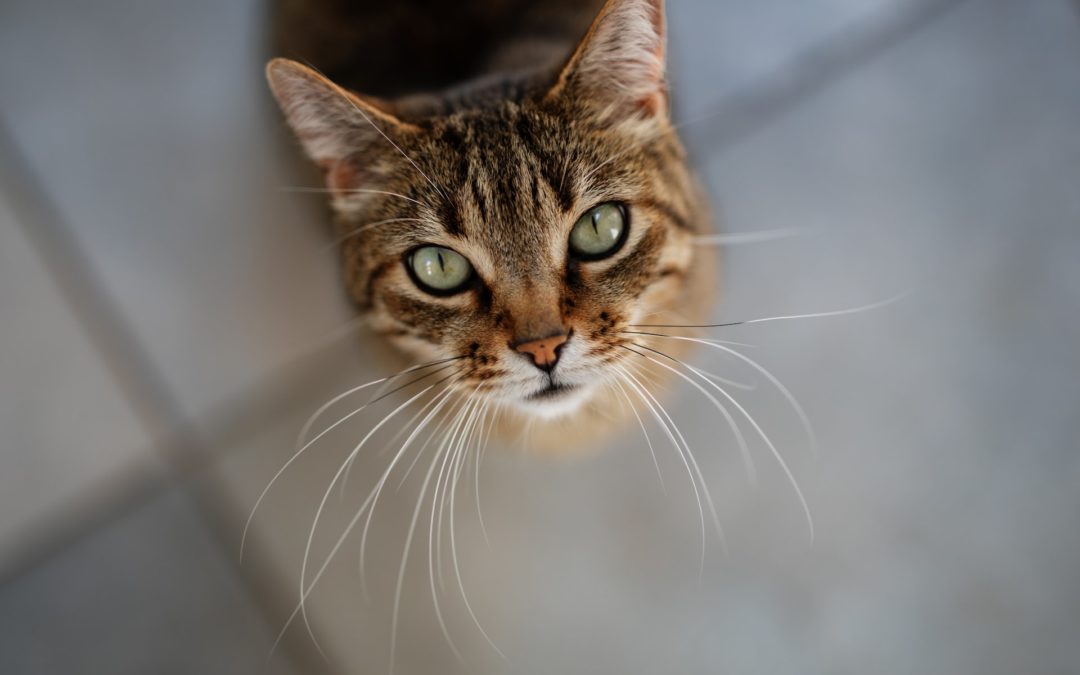Just like humans, cats can suffer from a variety of dental problems, including gum disease. Without treatment, gum disease can cause serious pain for your cat, and even stop them from eating. At Anasazi Animal Clinic, we help pets in Arizona maintain healthy teeth and gums with professional dental cleanings and oral exams. Continue reading to learn more about gum disease in cats, including how to prevent it and what signs to watch for.
How Can Cats Get Gum Disease?
Gum disease, also known as periodontal disease, is an infection of the gum tissues that support the teeth. Cats typically get gum disease due to a buildup of plaque on their teeth. Plaque is full of bacteria that attack the gums and cause chronic inflammation, infections, and eventually, tooth loss.
How to Prevent Gum Disease in Cats
Cats can’t brush and floss their teeth themselves, so it’s important that you brush your cat’s teeth a minimum of two or three times per week. Regular brushing eliminates plaque before it can harden into tartar, which is much more difficult to remove. Use a child-sized toothbrush or finger brush to gently clean your cat’s teeth.
You should never use regular human toothpaste on your cat’s teeth—most types of toothpaste contain ingredients that are toxic to animals, such as xylitol. Instead, use toothpaste that is specifically formulated for cats.
It’s also vital that you bring your cat to regular wellness visits with your veterinarian. Your vet can spot signs of gum disease and other dental problems early and provide treatment before the disease can progress. Depending on the state of your cat’s oral health, your vet may also recommend a mouth rinse or a change of diet for your cat, in addition to tooth brushing.
Professional veterinary teeth cleanings are also necessary to fully eliminate plaque and tartar from your cat’s mouth. During a dental cleaning, your cat will be safely put under anesthesia while the veterinary dentist cleans their teeth below the gum line and polishes them to remove plaque and tartar.
Symptoms of Gum Disease in Cats
If your cat is showing any of the following symptoms of gum disease, set up an appointment with your vet as soon as possible to discuss treatment. Symptoms of gum disease in cats include:
- Red, swollen gums (this is a clear sign of gingivitis, the first stage of gum disease)
- Bad breath
- Facial swelling
- Nasal Discharge
- Changes in behavior
- Loose or missing teeth
- Bleeding along the gum line
- Drooling (may contain blood)
- Receding gums (teeth appear longer)
- Difficulty chewing or messy eating
- Loss of appetite
- Weight loss
Gum Disease Treatment for Cats
There are several treatment options available for cats with gum disease, depending on the severity of the disease. For instance, early gum disease (gingivitis), may only require a thorough dental cleaning. When gum disease is in the middle stages, an antibiotic gel may be applied below the gum line. More advanced cases of gum disease may require a deep cleaning, root canal, bone replacement, and/or tooth extractions.
Veterinary Dental Services in Gilbert
If your cat is showing signs of gum disease or experiencing other dental issues, they’ll need immediate professional treatment to restore their oral health. At Anasazi Animal Clinic in Gilbert, Arizona, our team is exceptionally skilled in pet dentistry. Whether your cat needs their annual teeth cleaning or gum disease treatment, give us a call at 480-497-0505 today to schedule an appointment.
Images used under creative commons license – commercial use (10/24/2022). Photo by NON on Unsplash

